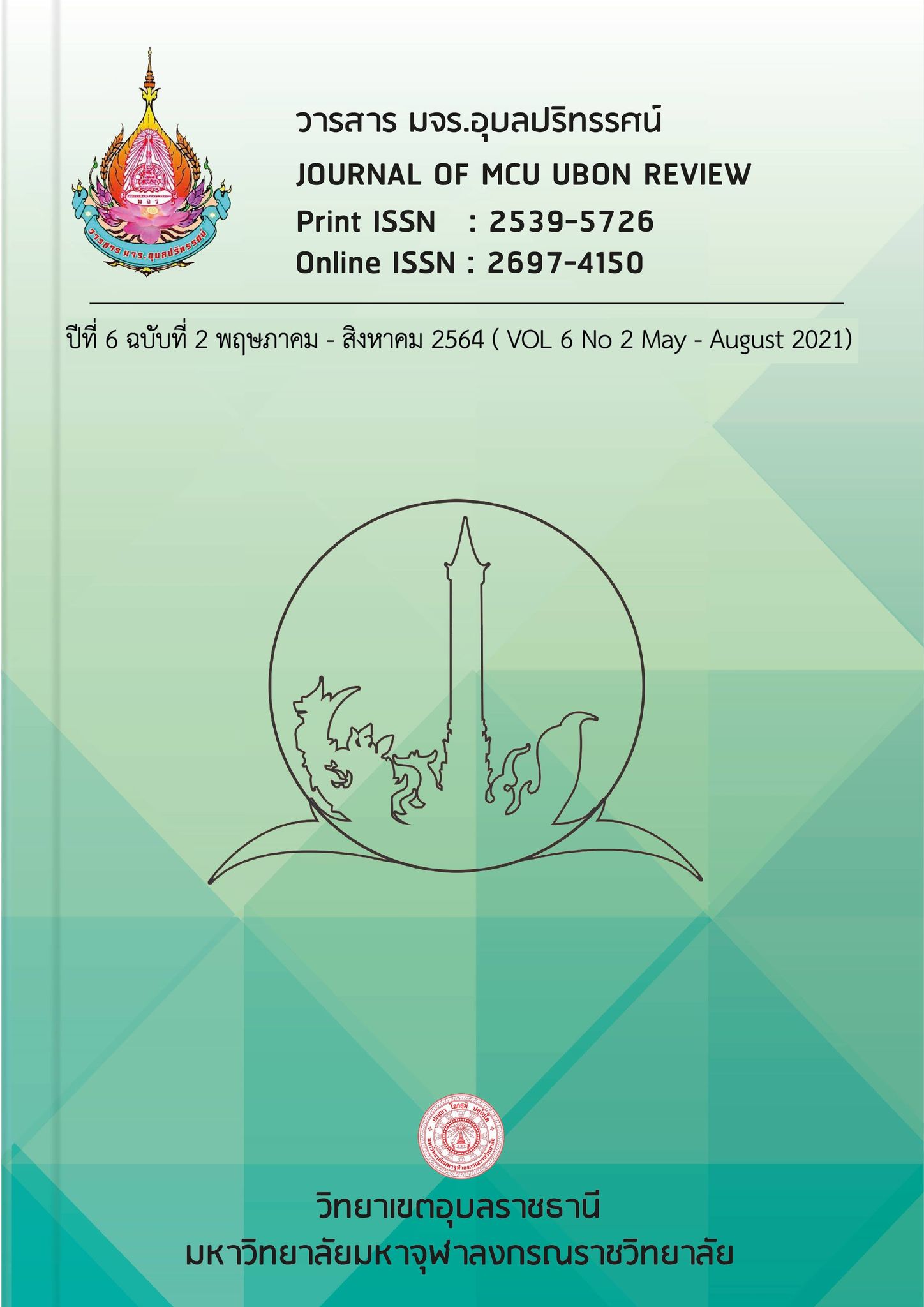Learning about media and technology affecting the social and cultural change dynamics under the Thai-Cambodian border relationship.
Main Article Content
Abstract
Research on learning in technology media affecting the dynamics of social and Cultural factors leading to peace in disputed areas of Thailand and Cambodia. Qualitative Research is an in-depth interview with 3 objectives: 1. To study learning about media and technology of people along the Thai-Cambodian border. 2. To study the factors of influence. Of media and technology on the social and cultural dynamics of the people along the Thai-Cambodia border; and 3. To analyze media and technology on the social and cultural dynamics of the people along the Thai-Cambodia border. The researcher chose a qualitative study method. It focuses on documentary research and field research, which can summarize the results of research according to the following findings.
The research found that:
People learning about media and technology along the Thai-Cambodian border found that communication was the fundamental factor that people along the Thai border. - Cambodia gives priority because it can make society exist and make development operations easily possible it is a push for society to develop according to the goals set. Because the development can then People will need to acquire knowledge to change attitudes, beliefs, behaviors and lifestyles that are consistent with the social situation. By classifying the understanding of media and technology learning, such as communication for social development, including communication for development. Communication for relationship Communication with development the paradigm of communication effectiveness and communication with groups of people
The influencing factors of media and technology on the social and cultural dynamics of the people along the Thai-Cambodian border consisted of 7 areas as follows:
For the study, it was found that the use of technology this leads to the learning of computer systems through Email and Internet, the use of computer-assisted instruction (CAI), learn new skills on satellite television. Researching interests through the Internet, language skills training with programs that provide feedback on accuracy (Feedback).
Religion, it was found that most of the people along the Thai-Cambodian border had long admired Buddhism. Information and Communication Technology Connecting the world to be one and the same Causing both positive and negative impacts Examples of such effects are the use of information and communication technology. Disseminate the teachings of Buddhism that are inaccurate
In terms of culture, it was found that people along the Thai-Cambodian border used various forms of verbal and nonverbal communication. Most of the people in the Khmer language area rob of the Lao language. Can be divided It can be internal communication, interpersonal communication, and group communication. Public communication, communication between culture and internal communication which all types of communication are all Communicate directly related to the daily life of all peoples along the Thai-Cambodian border.
In terms of traditions, it was found that people along the Thai-Cambodian border counted various traditions, but emphasized the Heet Twelve or 12 annual traditions as the heritage of the people along the Thai-Cambodian border that is valuable that is tied to their way of life. Of Isan people as a community tradition with the fourteenth Kong tradition, which means Good practice 14 with the objective of stabilizing the community Unity creates the same pattern of goodness. There is a moral and ethical practice that allows everyone to live together happily. The Heat XII tradition of influence over life is essential to a life that is like a compass and a calendar. Community life is a law of society that everyone must abide by, believing that any society obeys the HEAT Kong will. Stay cool the heat Sipsong tradition is therefore an important tool for developing communities to lead to strength
On the economic side, it was found that encouraging people along the Thai-Cambodian border to be enthusiastic about There is cooperation with the government to help develop the economy of the country. Media helps to understand the objectives of the project. As well as plans or new ideas scientifically to use Business decisions and investments In the process of economic growth of the country such as the spread of projects and policies, one district, one product of the government. With the goal of being Meeting between producers Manufacturers and retailers, exporters As well as distributing income in the community so that the community can rely on themselves. To the highest goals according to the government policy is being well known and accepting Thai products abroad and eventually became a source of income for the country
Social aspect, it was found that people along the Thai-Cambodian border use the Internet to link various work until becoming a society that communicates via the Internet Also known as cyber space, which includes activities such as talking, purchasing products and services, working through computer networks, creating a liquidity for social interactions.
In politics, people along the Thai-Cambodian border use media and technology. In building more political understanding And cause political achievement Understand political science Even if not studying in the classroom It is a story that is closely related to each other, causing human speech or reaction. Better politically
Analysis of media and technology on the social and cultural dynamics of the people along the Thai-Cambodia border found that people along the Thai-Cambodia border Culture is one aspect of society that can arise at any time. Because of development a lot happened both education, religion, culture, society, economy, government, technology, etc. and the population increase.
Article Details
References
สุเทพ สุนทรเภสัช, ความรู้มานุษยวิทยา, แพร่พิทยา กรุงเทพ, 2519.
ยศ สันตสมบัติ, อำนาจ พื้นที่ และอัตลักษณ์ทางชาติพันธุ์ : การเมืองวัฒนธรรมของรัฐชาติในสังคมไทย, (กรุงเทพมหานคร: ศูนย์มานุษยวิทยาสิรินธร (องค์การมหาชน), 2551.

